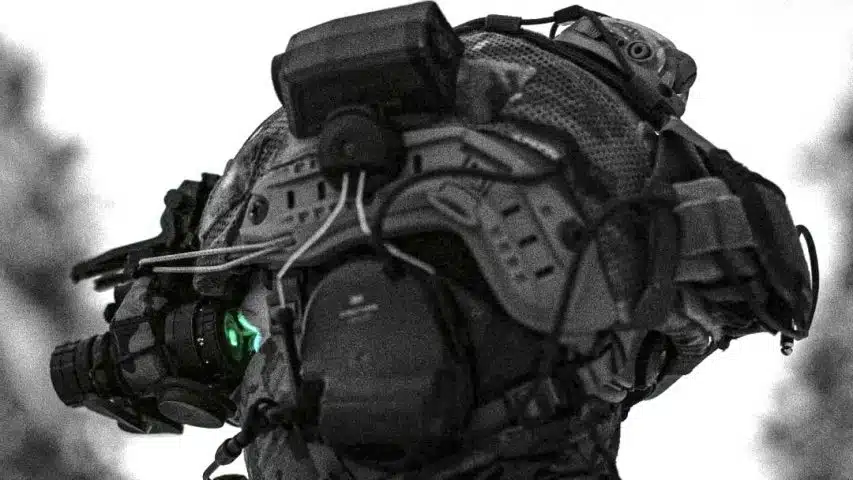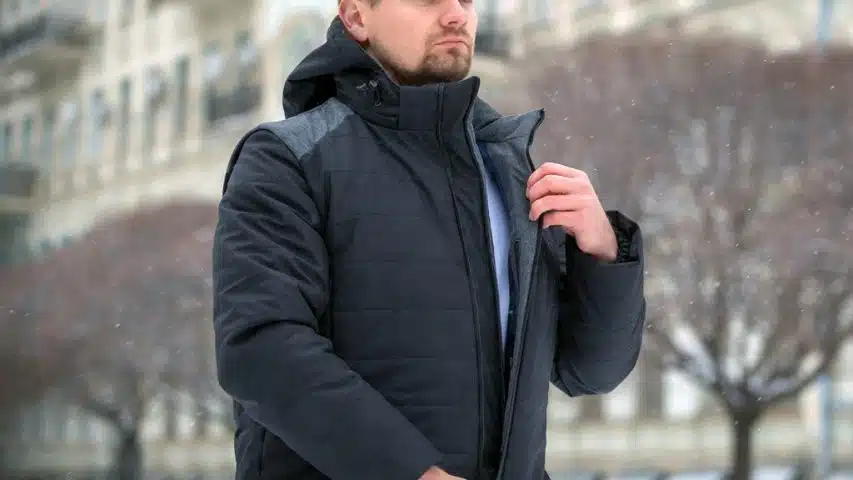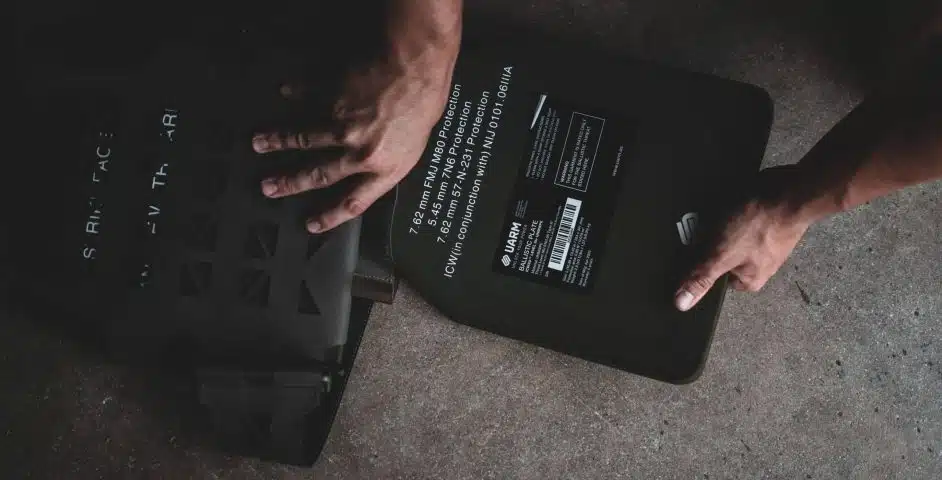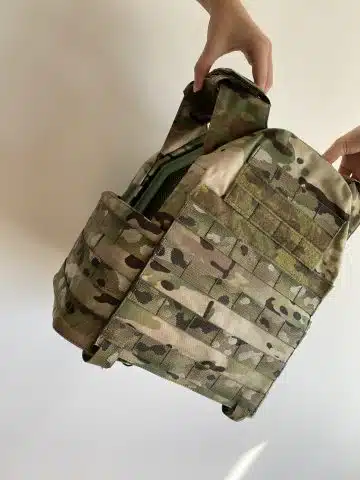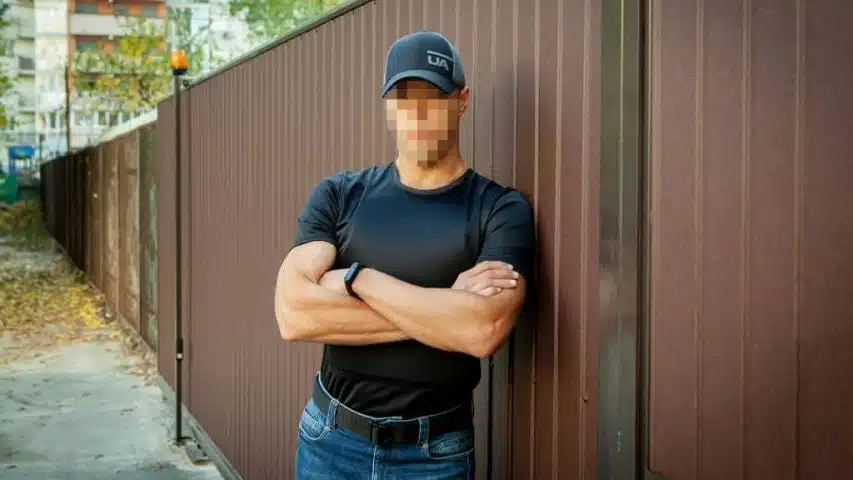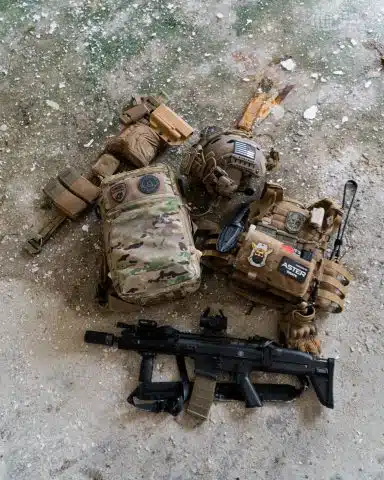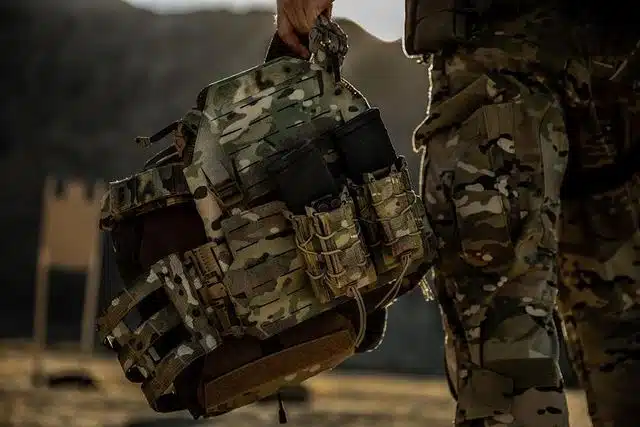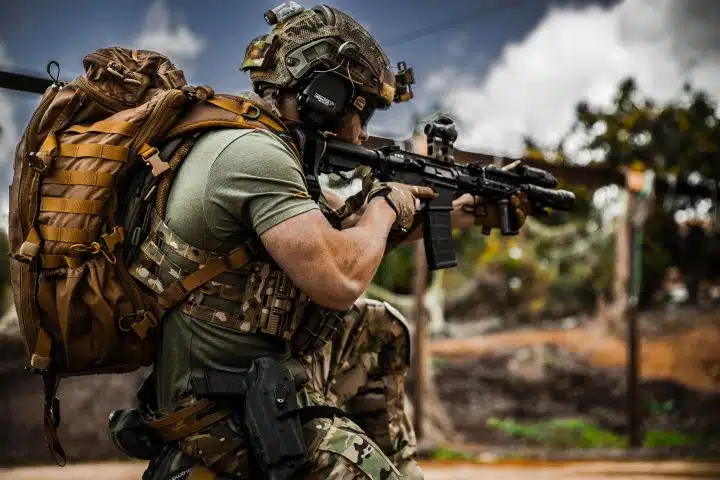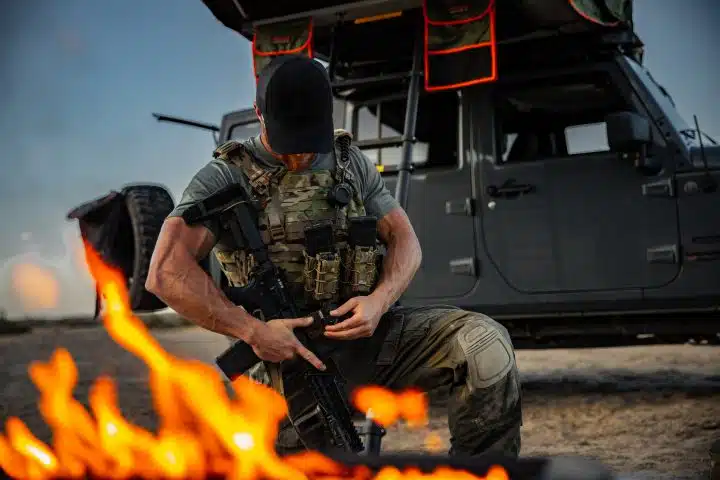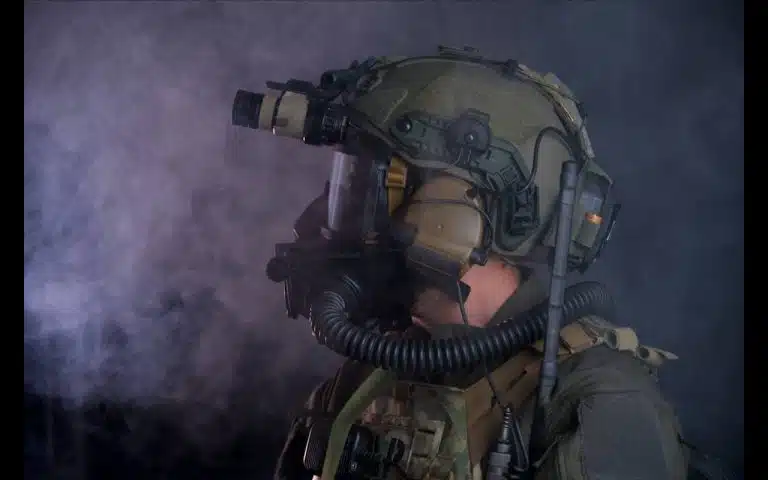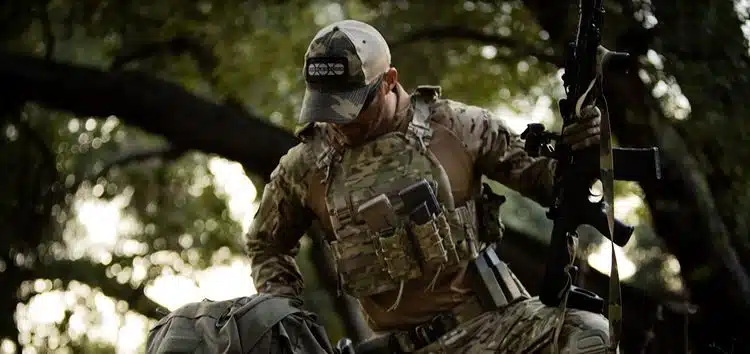Although we can see that there are different types of body armor from the catalog alone, knowing what those marks mean can be tricky at some points. You might be tempted to simply go for the biggest number, but that is not always the best course of action.
Depending on the situation, you might opt for utility or maneuverability over rifle protection. Also, you might be required to use a concealed vest in your region or focus on stab-protection.
There are four main categories that you should take into consideration when buying body armor:
- Type of Protection
- Level of Protection
- Area of Protection
- Utility Addition
To know what you need, you will need to ask yourself several questions. Where are you going, what may assailant use, and what are you using? Once you know the answer to these questions, you will be able to quickly pick through different types of armor and pick out those that are best for your particular needs.
Bullet-Resistant vs. Stab-Resistant
The first question you need to ask yourself when searching for body armor is if you are at risk of being stabbed. Protection from stabs and slashes is completely different than for bullets and high levels of firearm protection don’t equate to stab-protection.
The National Institute for Justice (NIJ) uses a different standard for anti-stabbing vests and marks them separately. While a hard-plate will stop every stab, soft armor usually won’t.

Additionally, stabbing and slashing protection are not the same and don’t function on the same principle. While it is relatively easy to use anti-slash fabric over any type of armor, to protect yourself from stabs you will need to have a hard barrier, usually plastic, that will stop a knife or a dagger.
Stab-vests are usually lighter than even soft ballistic vests but are less flexible. Heavier body armor might incorporate some stab protection to the carrier. But, concealed vests will give no protection against someone attacking you with a knife.
Attack Vector
When defending against projectiles, we presume that the assailant will shoot in the center of mass. That is the easiest target to hit and one that houses most of our vital organs.
But, when it comes to knife attacks, the attack vector is not the same. While there might be fools that will try to stab your center of mass, your hands will probably be faster than that even without any training.
The most common attack is the bottom stab to the lower abdomen and towards the kidneys, both from the front and the back. After sideways slashes, this is the most common knife injury. When someone is attacking you from the back you might also experience a downward stab, but that is relatively rare.
That is why anti-stab vests need to wrap around your torso and be somewhat longer than ballistic vests. They need to cover your sides down to your pelvis. Combined with anti-slashing jackets, this gives most protection against blades of all kinds and should be the first choice when hand-to-hand combat is expected.
Types of Body Armor by NIJ Level
The most common categorization for body armor is by NIJ levels. These include only how much protection armor gives against ballistic projectiles and doesn’t include any other features. But, for most people the question if the vest will stop a certain caliber is essential.
As technology progresses there is quite a bit of overlap between levels, and there are rounds available that will penetrate even the largest of plates. But, these cases are very rare and people buying .50cal or even .950cal rounds are strictly monitored by several federal agencies.
Your choice of body armor should depend on the type of firearm you expect the assailant to have, as well as the type of job you will be doing in the vest. While combat operations require protection from rifle ammo, most civilian scenarios will focus on protecting you from .9mm rounds while staying inconspicuous.
Finally, soft body armor will protect the torso against explosive debris and some levels of impact pressure. You will still want to protect your head and face, but the area covered by the vest will be fine.
Level IIa
These are relatively thin and lightweight vests that aim to protect from the most common types of pistol ammunition. They are made from woven fabric and can stop a 9mm or .40S&W by wrapping around the bullet and preventing penetration.
Although these vests fell out of favor for a time for larger vests, new technology is giving them a comeback. New models can now be thin and easily concealable under a regular shirt. There are also covert T-shirt models that can barely be recognized as body armor but provide good protection against the most common types of firearms.

Level II
In addition to everything IIa can protect from, level II protection can save you from up to four rounds of 1305ft/s rounds. These are still regular 9mm FMJ bullets but shot from larger semi-automatics such as an Uzi.
They are slightly heavier than IIa but are still thin soft armor that can be worn underneath a shirt or a light jacket. Because of this, they are a regular choice for most types of civilian security personnel or first responders.
Between all types of armor, Level II givest the best value. It offers wrap-around protection against the most common types of arms, it is not heavy, and very affordable.
Level IIIa
While these vests also belong to soft armor on their own, they will usually have a pocket where you can place a hard plate if you need additional protection. They are designed to stop rounds up to a .44cal Magnum, the strongest in handgun ammo, making them the preferred choice of most police departments.
They can come in anything from concealable flat jackets to MOLLE vests, offering large degrees of versatility for different situations.
Level III
While not as likely in civilian situations, if you want protection against rifle round you will need to take a hard plate.
As standard, they can take up to six shots from any 7.62mm NATO rifle, such as an AR-15 or an AK-47. They are an infantry standard and generally something you want to use when you are certain the opposition will be well-armed.
These plates can get heavy compared to soft armor, but still offer a lot of maneuverability for the person wearing them, regardless of their size or fitness. While it is recommended not to carry plates for more than 4 hours, inside that time frame you will be able to run, jump, and climb without experiencing too much fatigue from the armor itself.
Level IV
While there are plates that will stop even larger rounds, this is the highest standard of protection NIJ provides. It is tested to stop a round from a .30cal rifle, meaning a high caliber sniper or carbine. This comes especially helpful when under fire by anti-material rifles, as well as stronger Soviet carabines with B32 AP ammo, like the Mosin–Nagant 7.62x54R.
These plates can get really heavy and are only suitable for either really dangerous situations or direct combat missions. They are not meant to be worn for long and usually make even larger people ‘top-heavy’ so you should always consider your stamina when opting to wear heavy Level IV armor.
Often staying flexible and mobile is more likely to protect you than relying on your armor to take any bullet. The armor is there in case you get hit, but it would be much better if that moment never comes.
Internal and External Carriers
The fabric which houses the anti-ballistic fabric or plate is simply called a carrier. It can be as simple as just pockets and clip-ons, or very complex with full MOLLE capabilities and even some additional features.

Internal carriers are those worn beneath regular clothes where nobody will notice you are wearing body armor. These types of body armor are used to offer protection in populated areas where you don’t want to garner more attention than necessary.
Additionally, most police departments prefer concealed armor as it gives a less militarized appearance to their officers.
But, internal carriers don’t have any additional options and can’t carry plates. People using them will need to reduce additional equipment or place all of it on their waist.
External carriers are bigger and heavier, but they can be used to carry more gear and make it accessible quickly. They are also very conspicuous and will catch an eye even from those who weren’t paying attention. It will need to be your call if that visibility puts you at more or less risk.
The Ukemi Test
Name taken from the set of Japanese techniques for controlled falling, usually used in Judo, Jiu-Jitsu, and multiple other hand-to-hand martial arts.
To pass the test, you will need to be able to fall in all directions and rise to your feet quickly, without any discomfort. For those unfamiliar with the techniques, you can do the same test by performing a burpee.
If the armor you are testing is too cumbersome to do this, you either need a lighter model or a better fit on your carrier.
Final Thoughts
Picking out between different types of body armor can be tricky. But, if you know where and when you are going to use it, the choice becomes very obvious. Sometimes you should focus on staying unnoticed, while at others you should simply focus on as much protection as you can carry.
Decide on body armor that is best in your particular situation, and try to pick out high-quality gear that you can use regularly. If you are having trouble finding your perfect pick, you can contact our support staff or account manager that will assist you in finding the perfect body armor for you or your entire staff.
Hopefully, you will never find out how good it works, but you want to be wearing it in that one case where push comes to shove.

